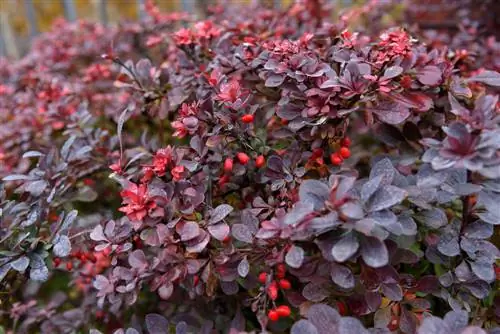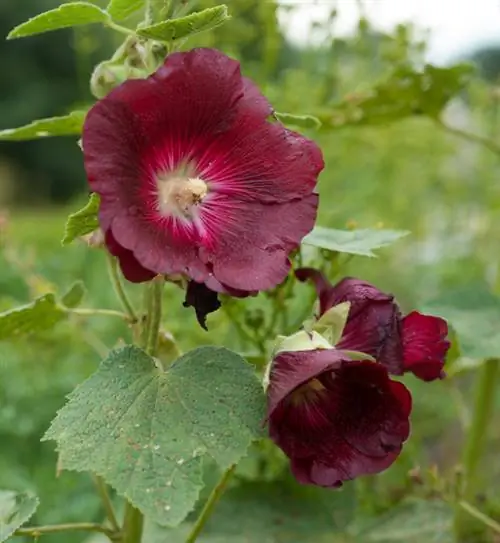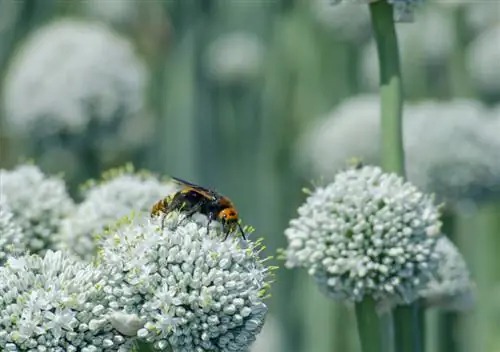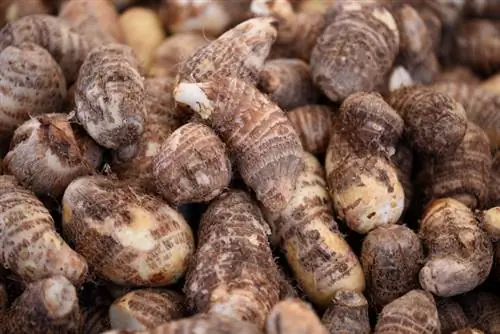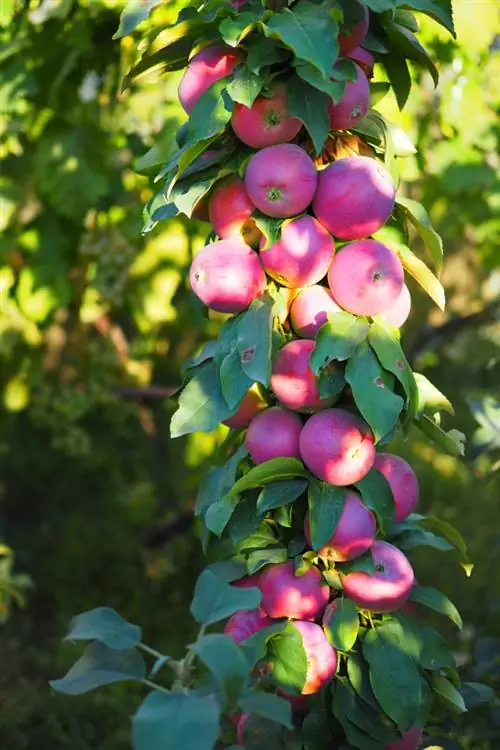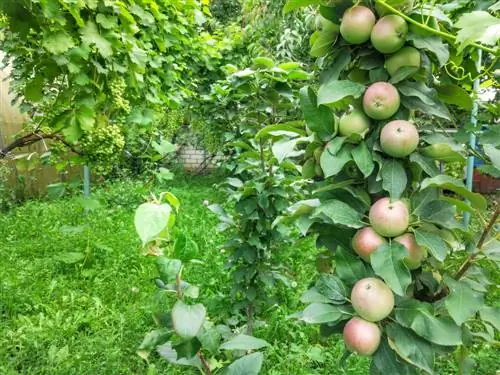- Author admin [email protected].
- Public 2023-12-16 16:46.
- Last modified 2025-06-01 06:02.
Barberries delight as a native wild tree, defensive hedge, decorative ground cover and distinctive ornamental tree in a pot. It's not that easy to discover the perfect species for beds and balconies within the multi-faceted genus. This guide has separated the wheat from the chaff and introduces you to the most beautiful species and varieties with tips for creative uses.
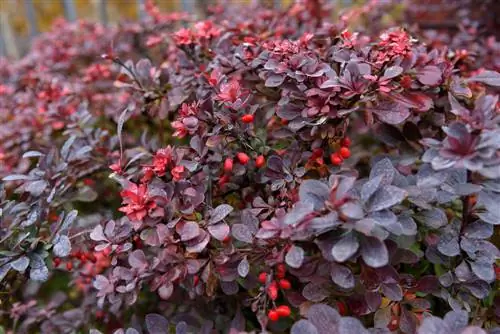
Which barberry species are particularly popular?
The most popular barberry species include Berberis julianae, Berberis stenophylla, Berberis media, Berberis candidula and Berberis frikartii as evergreen varieties. Deciduous varieties such as Berberis vulgaris, Berberis thunbergii 'Atropurpurea', 'Aurea' and 'Harlequin' offer colorful autumn foliage and are suitable for a wide range of uses in the garden and in containers.
Evergreen barberry - beautiful all year round in beds and containers
The following barberries have their dense foliage all year round. Creative gardeners appreciate this advantage when winter drives away perennials, flowers and deciduous trees from the appearance of the garden.
| Variety name | botanical name | Growth height | Flower color, flowering time | special feature | Tip for use |
|---|---|---|---|---|---|
| Large-leaved barberry | Berberis julianae | 200 to 300 cm | pure yellow flowers from May to June | strong thorns up to 4 cm long, particularly frost-resistant | Privacy hedge, solitaire |
| Yelkbarberry | Berberis stenophylla | 150 to 200 cm | yolk yellow flowers from May to June | black-frosted berries in autumn | space-forming hedge, individual position, pot |
| Red Jewel | Berberis media | 120 to 150 cm | yellow sea of flowers in May and June | glossy red shoots, later dark green with purple shimmer | Group trees, embankments, individual position, pots |
| Jytte | Berberis candidula | 80 to 100 cm | yellow bell flowers from May to June | cushion-shaped habitus | low hedge, grave planting, pot, heather garden |
| Verrucandi | Berberis frikartii | 80 to 150 cm | yellow flowers in May | arching, thorny branches | Dwarf hedge, property border, |
Deciduous varieties boast colorful fall foliage
Summer-green Berberis species say goodbye to the winter break with a furious autumn spectacle that makes it possible to get over the later leaf fall. The following varieties score points with unique attributes for an imaginative design of beds and balconies:
| Variety name | botanical name | Growth height | Flower color, flowering time | special feature | Tips for use |
|---|---|---|---|---|---|
| Common barberry, sour thorn | Berberis vulgaris | 100 to 250 cm | yellow cup flowers from April to June | undemanding and particularly easy to care for | Bird food planting, underplanting of tall trees, pots, cemetery planting |
| Bloodbarberry 'Atropurpurea' | Berberis thunbergii | 200 to 300 cm | yellow flowers in May and June | dark red foliage | the ideal privacy hedge |
| Dwarf barberry ‘Aurea’ | Berberis thunbergii | 50 to 80 cm | golden yellow flowers | bright yellow leaves in summer | Eye-catcher on the balcony, potted plant, solitaire in the front garden |
| Harlequin | Berberis thunbergii | 50 to 100 cm | inconspicuous | pink variegated ornamental leaves | Ornamental tree for all sunny to semi-shady locations |
Tip
The colorful berries are much more than decorative fruit decorations in the autumn garden. Gardeners who are close to nature do not miss the opportunity and harvest the ripe, juicy fruits in autumn. With their sour aroma, barberry berries are perfect for making fruity jam or refreshing syrup.

